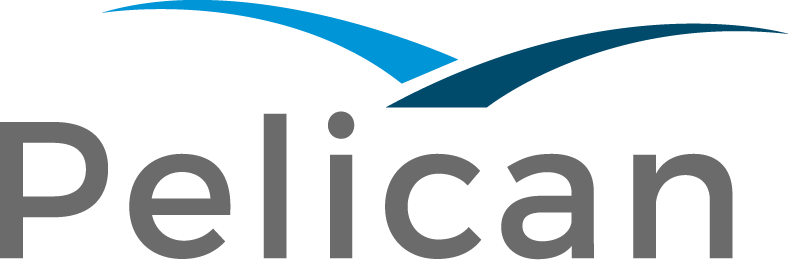
By Bill North
In all our conversations, when talking with corporate treasurers within multinational organisations across the globe, two words are constantly repeated—simplicity and flexibility. So no surprises there then. But it then does also beg the question why, and what needs to be done to ensure making B2B payments is always a relatively simple process. In reality the steps are always pretty much the same...
Who are we paying?
In reality the steps are always pretty much the same:
- When does it need to get paid?
- How much is it for?
- And in what currency?
The payer also needs to decide how much they are prepared to pay which is driven by the required settlement date. Whilst these key points are consistent with every payment and are perceived to be relatively straight forward, what is not always so simple are the multiple issues and steps required to execute the required payments. To this point, this is further complicated as there are many variables associated with getting the correct payment information to the chosen payment bank.
How do we get the payment details to the bank? Which payment bank?
- For that bank, what channel for this type of payment? what format?
- When do I need to get the file to the bank? what type of security/encryption is required?
It soon becomes clear that making a simple payment is not actually so ‘simple’. Multiply that, times the many thousands of payments to be made, and it quickly becomes apparent that is actually a very complex process indeed.
In addition to simplicity, treasurers also require flexibility in the way payments are made. Historically, those banks who had an ongoing credit relationship got a share of the transaction business. However since 2008, and in the main due to counterparty credit risk avoidance activities, corporates have diversified their banking relationships. As a result, the number of credit banks has risen significantly, and so are the potential providers.
To stay in the game, this means all banks must remain at the leading edge of product offerings and competitive pricing. On our travels, we have spoken to several treasurers who shared their desire to use a certain bank for their payments processing, but unfortunately the preferred bank’s technical limitations has prevented them from doing so.
Furthermore, treasurers are frequently telling us that they would like to utilise the ISO 20022 format for all payment types to leverage the added data fields and harmonise their processes across the enterprise. But then the big question is—what if their credit banks cannot accept ISO 2022 messages for all their payment formats and on all channels? Many banks only support international payments on the SWIFT channel. What happens then? What value has the drive to deliver “standardisation” to the corporates?
In conclusion, Treasurers are looking for solutions from banks that simplify their payment process and also give them the flexibility to send payments to the banks they want to do business with. So, until the preferred banks can offer the simple, flexible solution that satisfies the treasurers’ basic needs, banks will inevitably lose out to those who do. We can help.



